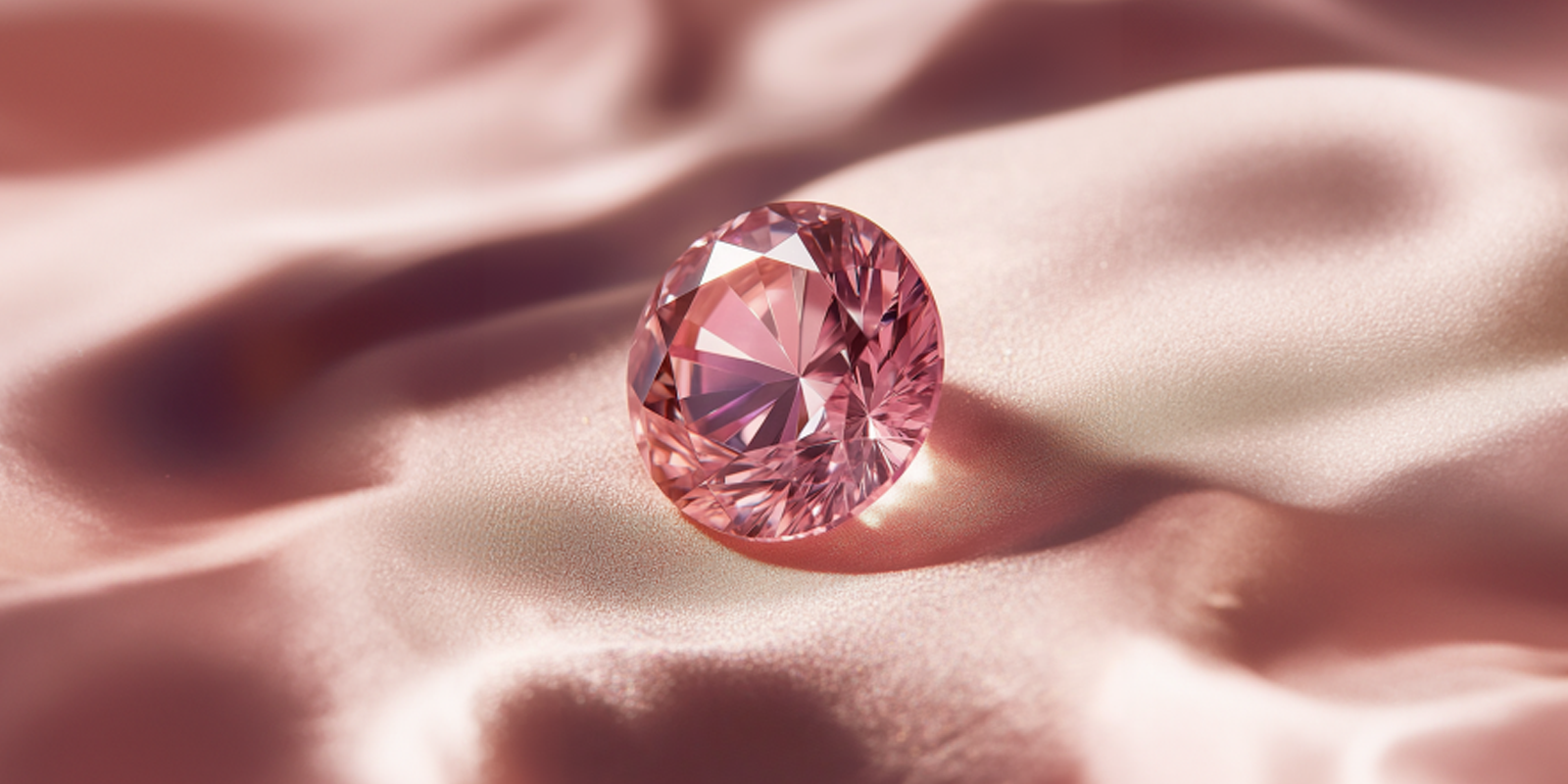Jewels of Tomorrow: The Making of Cultured Diamonds
Recently, the diamond market has seen a significant change, with lab grown diamonds emerging as a popular substitute to their mined versions. As shoppers become more environmentally conscious and seek moral alternatives in their shopping, these man-made gems have taken the spotlight. Unlike conventional diamonds, which are extracted from far beneath the Earth, these gems are manufactured using innovative methods that simulate the geological processes that develop diamonds. This advancement not only expands access to these gorgeous gems but also notably lessens the ecological footprint connected to the extraction of diamonds.
Understanding how lab grown diamonds are created unveils a intriguing world of science and artistry. The process involves two primary techniques: High Pressure High Temperature and Chemical Vapor Deposition method. Both methods result in diamonds that are chemically and physically identical to those found in nature, offering the equivalent luster and shine but at a much lower price. As we delve into the details of this contemporary diamond-making process, we will also consider the effects for the jewelry market and the changing views surrounding value and uniqueness. Through a unique carat analysis, we can delve deeper into what defines these laboratory-grown jewels truly extraordinary.  spintax ### Understanding Diamonds Grown in Labs
spintax ### Understanding Diamonds Grown in Labs
Synthetic diamonds are formed using sophisticated technology that imitates the organic processes occurring deep within the world's mantle. There are two primary methods for making these stones: High-Pressure High-Temperature and Chemical Vapor Deposition. These techniques create diamonds that are compositionally and chemically identical to their mined counterparts, featuring the equivalent carbon content and crystal configuration.
One of the key pros of lab grown diamonds is their socially conscious and ecological benefits. Compared to traditional diamond mining, which can lead to significant ecological disturbance and labor problems, lab grown diamonds are created in managed environments. This allows they can be produced free from the extensive impact on ecosystems and free of the moral concerns typically associated with mined diamonds. As consumers grow more conscious of their purchasing decisions, these factors play an more important role in purchasing lab grown stones.
Moreover, lab grown diamonds present consumers a more budget-friendly option, often priced at 20 to 40 % less than mined diamonds. This cost difference is largely due to the lower overhead costs related to production. Many buyers are interested in the value of lab grown diamonds, as they deliver excellent quality and greater carat sizes at a more affordable price point. The growing acceptance and admiration of these stones in the market further fuel curiosity in the outlook of lab grown diamonds.
The Science Behind Origin
Synthetic diamonds are created using a pair of primary methods: HPHT (HPHT) and CVD. The HPHT method mimics the natural conditions under which diamonds develop in the Earth's mantle. A tiny diamond seed is positioned in a chamber with carbon and subjected to high pressures and temperatures. This setting encourages the carbon atoms to bond in the same crystal structure as natural diamonds, resulting in the expansion of a bigger diamond over a period of weeks.
On the other hand, the CVD method involves using a gas mixture, typically containing hydrogen and methane, in a vacuum chamber. The gases are ionized into plasma, which disrupts the molecular bonds. Carbon atoms settle on the diamond seed in layers. This process allows for greater control over the diamond's growth conditions and can produce diamonds with lesser impurities and inclusions, improving their clarity and overall quality.
Either methods yield diamonds that are scientifically and optically identical to their mined counterparts. This correspondence is what renders lab grown diamonds an enticing option, offering consumers a much sustainable and ethical choice without compromising beauty and quality. A unique carat review often highlights these aspects, showcasing the strength and brilliance of lab grown diamonds as an thrilling alternative in the gemstone market.
Analyzing Carat Weight Worth
While assessing the worth of lab grown diamonds, carat weight is a critical aspect to consider. Carat reflects the size and mass of the gem, with 1 carat equaling to 200 mg. Larger stones tend to be rarer and therefore more desirable, impacting their overall value. In the case of synthetic diamonds, the weight can be meticulously managed during the manufacturing process, allowing customers to find the ideal size for their preferences without compromising on quality.
As assessing carat worth, it is important to evaluate how other qualities interact with carat weight. Elements such as cut, hue, and transparency also play important roles in determining total value. A high-quality diamond with greater clarity can fetch a greater price per unit, even if it is smaller in size compared to a bigger stone of lesser standard. Understanding this relationship helps shoppers make informed choices based on their needs and budget.
In addition, it is helpful to review alternative options present in the market. Websites providing a rare carat review can offer insights into the market trends and how specific features can affect the carat value. This information empowers potential buyers with the insight needed to make decisions about their buying experiences confidently, ensuring they select a cultured diamond that offers both beauty and value.